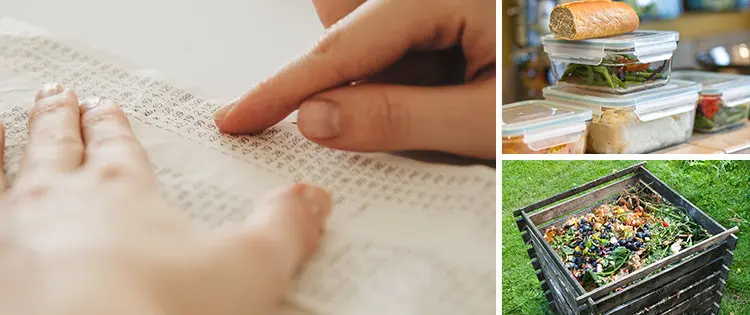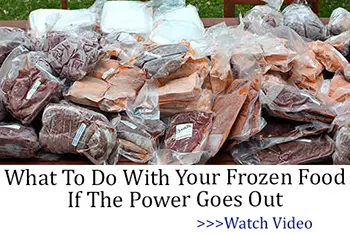Did you know that American families on average throw out approximately 25% of the food and beverages they purchase each year, which is equivalent to approximately $2,275.00?
These simple tips will help you save time and money.
From storing food properly and meal planning to preparing more accurate amounts of food and eating leftovers, there is a suggestion for everyone! Hopefully, you will be on your way to saving time and money!
1. Store Food in the Correct Order
Storing food in the correct order helps reduce the risk of cross-contamination so your foods stay as fresh as possible and you don’t need to toss them out. It’s important to store foods that require more cooking at the bottom of your refrigerator.
An example of this is to store ground beef (which is cooked to an internal temperature of 155°F) above chicken (which should be cooked to 165°F). This way, the foods with juices won’t drip down on the other foods and contaminate them either.
Related: 8 Dangerous Mistakes To Avoid When Storing Your Food
2. Store Food Covered and Sealed Properly
It’s necessary to store everything in the refrigerator in enclosed containers or wrapping (e.g., Tupperware, glass containers, plastic wrap, aluminum foil). This helps to keep the food from contamination and extends the length of the food.
Consider glass containers that are microwavable, dishwasher-safe, and free of BPA. This is especially necessary for takeout foods as containers these foods come in are not designed to be reused as the food often spoils.
Make sure the containers are properly sealed and closed as well. Otherwise, the food might rot. This applies to any jars and bottles of food, food storage bags, and food stored in plastic wrap and aluminum foil.
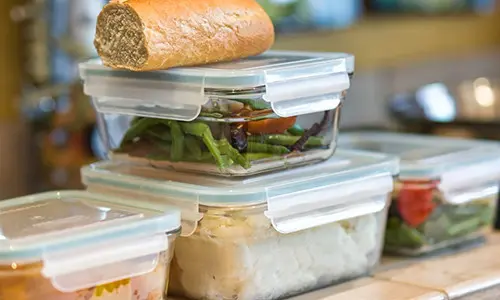
3. Store Food Before It Cools Down
Keep food out of the temperature danger zone (41-135°F) when cooling.
Food begins to spoil when the temperature rises above 40°F. After the food warms to that temperature, you have just two hours to either return it to colder conditions (put it in the refrigerator or freezer) or cook it. Otherwise, it needs to be discarded as harmful bacteria begin to multiply and make the food unsafe to eat. If you are unsure of the temperature, a food thermometer is helpful.
And if you can’t eat the food before you have time to eat it, freeze the food. This goes for chicken, fish, and meat. For vegetables, slice them and put them in baggies to freeze. Then simply defrost them and use them as snacks, in soups and stews, etc.
4. Rotate Your Food
After you go shopping, put the newer food items behind the older items of the same kind. That way you will finish up food that is older first so it is not wasted. Teach the other family members to consume the foods that are in front first so everyone buys into “saving time and money.”
5. Refrigerate Only When Necessary
Not all fruits and vegetables need to be refrigerated. This includes apples, melons, tomatoes, and citrus fruits unless they are cut up. Onions and potatoes should not be refrigerated because the cold affects their taste. However, avocados, pears, peaches, and nectarines should be refrigerated when they ripen to prevent spoilage and to extend their use.
Often, foods are labeled if they need to be refrigerated; learn to read the labels.
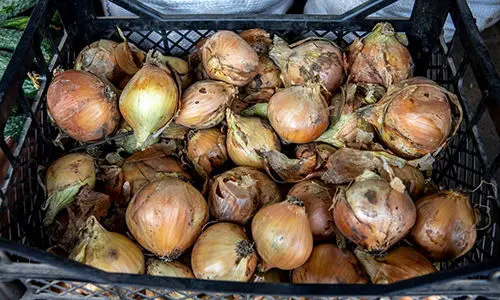
6. Be Careful What’s Stored in the Refrigerator Door
Since the temperature tends to fluctuate in the refrigerator door, it is best not to use it to store perishable items such as eggs, milk, and meat. The door frequently opens during the day so that’s another reason why these foods are likely to spoil more quickly.
7. Planning Menus and Writing a Grocery List
Keep a list of things you need to make the necessary meals for the week and bring the list with you to the store. Look for coupons and savings in the paper, online, and in-store promotions.
Sometimes you buy more of something you already have so spend a few minutes looking through your cupboards and refrigerator and writing a list prior to going shopping. Your shopping trip will take less time and you will spend less money. You’ll also tend to avoid junk foods and foods that you don’t need saving you money as well.
8. Compost What Can’t Be Used
Despite your efforts, there will be some foods that may be wasted.
Composting is an effective way to reduce the trash from your house, add nourishment to the soil, and save you money from buying fertilizer, etc. for your gardens. Besides, composting helps the earth!
Related: Boost Your Soil Quality With This Compost
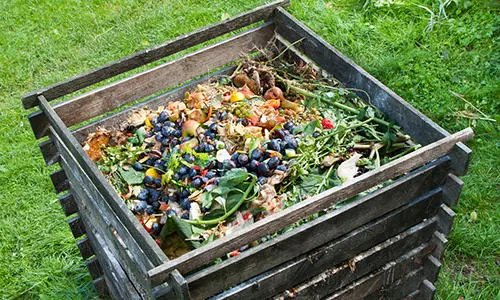
9. Repurpose Leftovers
A sure way to reduce wasted food is to check your refrigerator, pantry, and cupboards and to create meals with the leftovers. We all can get in a rut eating the same foods so try to be creative with the leftovers, google recipes online, or peruse cookbooks at the library or bookstore.
Leftover fish and poultry can be turned into a wrap or sandwich for an easy lunch and grain and veggie dishes can make wonderful salad toppers.
10. Buying Too Much and Preparing Too Much
Planning your meals ahead of time for the week and making a list prior to shopping will help you buy the appropriate amount of food and help with preparing the right amount of food. Then when you get to the store, you will buy only what’s on your list and not impulse buy.
And if you know the serving size for the meals you are preparing, you can make just enough to feed the number of people who will be eating that particular meal and also save money in this way.
Less food will be wasted, as well.
Perhaps you want to incorporate some of these suggestions of avoiding common food waste mistakes into your lifestyle and make some habits of your own. You’ll undoubtedly save time and money while being prepared and organized in storing your food, shopping, and cooking.
You may also like:
How to Build a Native American Subterranean Roundhouse in Your Backyard (Video)
The Ultimate Guide To Composting
How to Prepare Your Soil For Your Spring Garden
Canning Mistakes Even The Most Advanced Homesteaders Make

